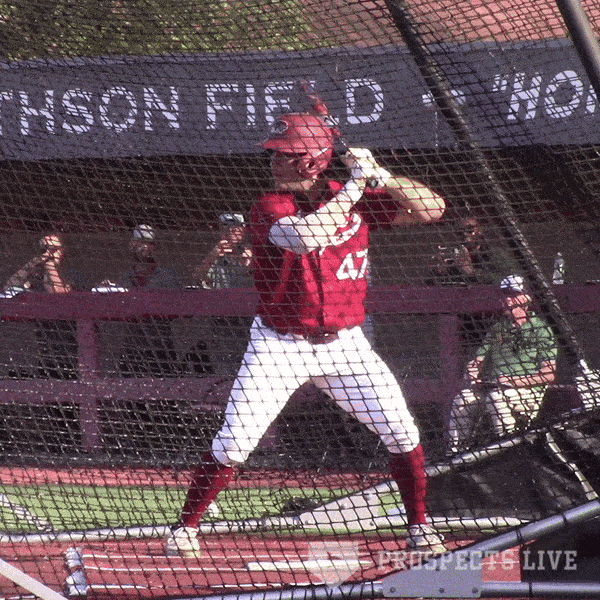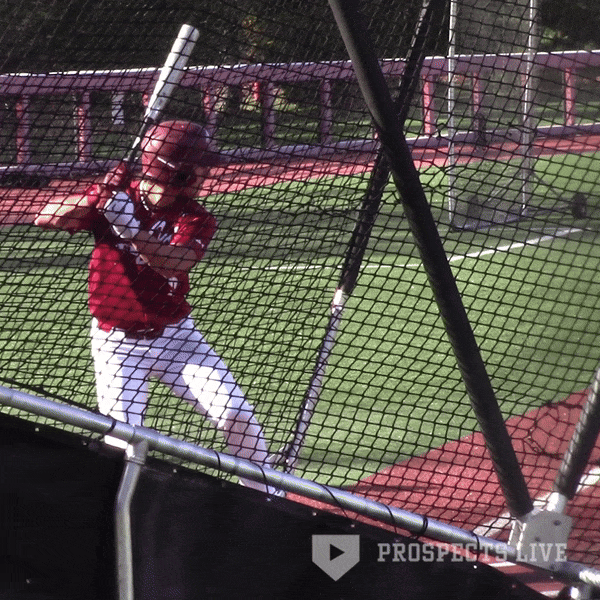This past Sunday, I was able to travel to Merion Station, PA to watch Saint Joseph’s University take on Bucknell University in a doubleheader. I was able to get good looks at both Sean Keys from Bucknell and Matt McShane from Saint Joseph’s, both likely to be selected during the 2024 MLB Draft.
Sean Keys - 3B, Bucknell
3-4, 2 2B, BB, 2 IBB, HBP
Keys is number 86 on our 2024 Preseason Top 100 College Draft Prospects list. He had a nice showing against St. Joseph’s last weekend only recording one out in 8 plate appearances. He faced two talented St. Joseph’s starting pitchers Ryan Desanto and Domenic Picone. In the first inning of game one, he turned on a Desanto fastball and drove it off the right-center field wall for a double. He drew a walk in his second AB and an intentional walk in his third. In game 2, he showed off his pull-side power once again, driving a ground-rule double to right-center. He also recorded another intentional walk as well as a HBP.
Keys has proven during his time at Bucknell that he is a very patient hitter and knows the strike zone well. Not only that, but he is also aggressive when he gets the pitch he wants. He has quick hands, good bat speed, and is violent at the point of attack with a swing path capable of covering much of the strike zone.
Keys, 6’2” 220 lbs, has a strong, powerful build that not only boosts his power at the plate but conversely causes limitations to his mobility at third base. He isn’t a smooth mover on the basepaths or in the field. While I do believe he has the arm to play third base and potentially the glove as well, I don’t feel that he has the lateral quickness to play the position at the next level. Unless he vastly improves his athleticism come draft time, I feel that a move to first base would be what best suits both him as well as the team that picks him.
If all goes perfectly for Keys this spring, he could potentially hear his name called in the 3rd round, but I would currently project him being drafted in the 4-6 round range.
Matt McShane - RHP, Saint Joseph’s
0.2 IP, 0 H, 1 BB, 1 SO
McShane has shown an uptick in his velocity from a year ago. His fastball so far this year has been 93-95 mph, topping out at 96. The only thing that worries me is that he put out a lot of effort to get it to the mid-90s. His slider has been very effective coming in at 82-83 mph with a tight, gyro movement. It stays in the zone for a long time and is extremely deceptive to hitters. He also has an 86-87 mph changeup that he has struggled to control at times but is effective when he hits his location.
He entered the game Sunday with one out in the ninth inning, two runners on, and a five-run cushion. He walked the first batter he faced, then came back with a strikeout on a 95 mph fastball. He then hit the next batter, allowing a run to score. Finally, he induced a flyout to right field to end the game.
I would like to see if he can clean up some of his control issues as the year goes on before placing a proper grade on him, but when he’s at his best, he has the stuff to be a potential day two pick.
X: @JakeBarg












